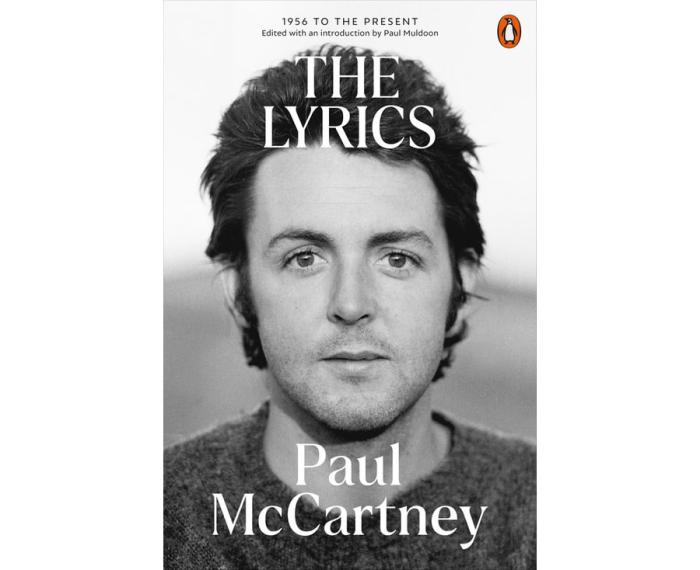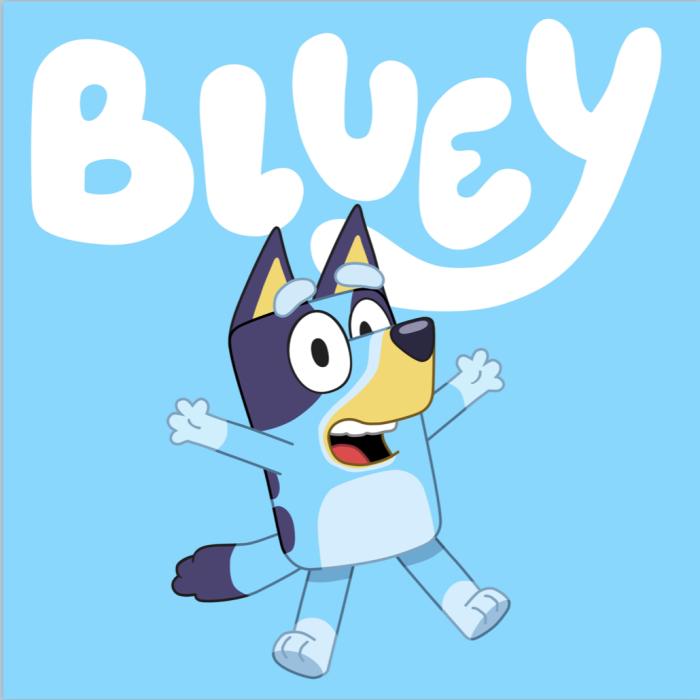The Lyrics: Paul McCartney |

The Lyrics
1956 to the Present
By: Paul McCartney
From his early Liverpool days, through the historic decade of The Beatles, to Wings and his long solo career, The Lyrics pairs the definitive texts of 154 songs by Paul McCartney with first-person commentaries on his life and music.
Spanning two alphabetically arranged volumes, these commentaries reveal how the songs came to be and the people who inspired them: his devoted parents, Mary and Jim; his songwriting partner, John Lennon; his "Golden Earth Girl", Linda Eastman; his wife, Nancy McCartney; and even Queen Elizabeth II, amongst many others.
Here are the origins of "Let It Be", "Lovely Rita", "Yesterday", and "Mull of Kintyre", as well as McCartney's literary influences, including Shakespeare, Lewis Carroll and Alan Durband, his secondary school English teacher.
With images from McCartney's personal archives-handwritten texts, paintings and photographs, hundreds previously unseen-The Lyrics, spanning sixty-four years, is the definitive literary and visual record of one of the greatest songwriters of all time.
Buy Online
The Lyrics
1956 to the Present
By: Paul McCartney, Paul Muldoon (Editor)
Order: angusrobertson.com.au
HARDCOVER AU$132.25
Published: 2nd November 2021
ISBN: 9781631492563
Number Of Pages: 960
Review by MICHAEL DWYER - The Age Digital Edition
When Paul McCartney and John Lennon sat down to write, failure was not an option. The closest McCartney recalls to emerging empty-handed from one of these highly disciplined sessions was the day they got stuck on the " shockingly bad' ' couplet, " You can buy me golden rings/Get me all that kind of thing'' .
The stalemate was broken by a cup of tea and a chat. Who was the character in this song? A girl from Los Angeles. A bit like the one in Norwegian Wood, but she wants a chauffeur, not a shag. The kind of girl who might say, " baby, you can drive my car'' . Ker-ching .
It's not a new story to Beatlelore , James Paul McCartney being perhaps the most interviewed human being in history. But the two things it reveals - an unrelenting work ethic and the picture-painting imperative of the storyteller - are the twin pillars of his life's work, as revealed here in random reflections on 154 selected songs spanning 64 years.
The Lyrics might seem an incongruous title for what turns out to be the great songwriter's de facto autobiography. McCartney's reputation for melody first and foremost can overshadow his lifelong fascination and facility with language. He would surely have been an English teacher, he has no doubt, had his hobby not precluded college.
So it came to pass that these two heavy, copiously illustrated volumes took shape over dozens of conversations with Irish poet Paul Muldoon between 2015 and 2020. Alphabetised from All My Loving to Your Mother Should Know, the verses are laid on left-hand pages with sparing context, each a launchpad for first-person expositions that might be personal, musical, historical or broadly philosophical.
" Over time I came to see each song as a new puzzle,'' McCartney writes in his foreword. The first piece tends to land easily: a character from Dickens here, a meter maid from Soho there, a line pinched from Shakespeare or a friend, a lonely pigeon or an interesting book, a comic book hero or a relative in trouble ... But why they resonated, what their selection and treatment might actually mean with the hindsight of a worldly and remarkably selfless septuagenarian makes for compelling reading.
Mother Mary, who died of cancer when Paul and his brother Mike were teenagers, is a profound presence, not just in the obvious cases of Let It Be and Lady Madonna but wherever the ache of absence wells - Yesterday, for instance, he notes in a moment that seems to surprise him even now.
Also pervasive is the stoic wisdom and guidance of his father, Jim, whose attitude to life is quoted in the titles Do It Now and Put It There, and echoes in countless other stories of optimism and humanity that abound in the McCartney catalogue. Too Much Rain is one of his " get over it' ' songs. We Can Work It Out speaks for itself‚ even if the subtext rings a little " selfish' ' from here. Lennon, of course, weaves through his old partner's recollections like a recurring dream. " Opposites attract. I could calm him down and he could fire me up,'' McCartney says, describing their days of deepest friendship as teens hitchhiking Europe. Ticket To Ride drew on one such adventure, top-andtailing in a single bed at cousin Betty's pub in the village of (you guessed it) Ryde.
Later songs are open letters in times of estrangement and worse. A dozen years lie between Dear Friend and Here Today: the difference between white-hot anger and fathomless sadness. The latter seeps everywhere, but the rage remains also, when a song such as Too Many People opens wounds from the mud-slinging '70s. " John ... was the one who would write a hurtful song,'' his friend says, hurt still. " That was his bag.''
It was not McCartney's . He defies his critics and upholds the sentiment of Silly Love Songs with unflagging pride. " With any luck it helps define the world,'' he reflects on the whole peace-and-love barrow the Beatles made so earnestly fashionable, then and forever.
That said, deeper investigation of his unparalleled catalogue of love songs reveals plenty of darker shades beyond the rosy palette of My Love and I Will. The foretold break-up of For No One he seems to feel acutely even now. Somedays catches him in another reverie of realisation - and impromptu poetry. " There's a crack between the headlong and the halting,'' he says of that song's almost subliminal twists. " If you're lucky, a few things might slip out.''
Lucky. As revealing, for all concerned, as these 154 deconstructions can be, it's this up-front abdication of control, of responsibility and ultimately of authorial meaning that makes McCartney's story, and his openhanded attitude to a monumental body of work, so engaging.
There's no denying the thrill in offhand anecdotes from the eye of the 20th-century pop-culture storm, when Andy Warhol, Harold Pinter, Allen Ginsberg, Willem De Kooning and every other loose cannon on deck drops by for tea.
Similarly, the hundreds of pages of handwritten lyrics, doodles and photographs alone make these books an essential part of historical record, whether it's Macca strumming in the front seat of his Aston Martin in the very throes of writing Two Of Us, or the actual photos of monkeys copulating in Rishikesh that inspired the primal eruption of Why Don't We Do It In the Road?
But it's the endlessly morphing meaning and magic that nobody can explain that drives McCartney to create.
As he says while attempting to measure the lasting worth of Let Me Roll It, " we can talk about lyrics till the cows come home, but a good riff is a rare beauty'' .
This review is from the November 2, 2021 issue of The Age Digital Edition. To subscribe, visit "https://www.theage.com.au".
Order: angusrobertson.com.au
❊ More Information ❊
→
angusrobertson.4tqiav.net
Update Page











